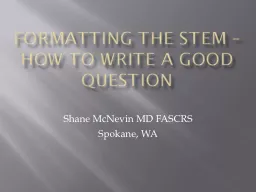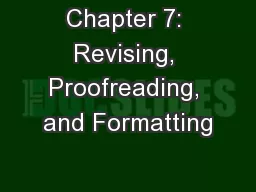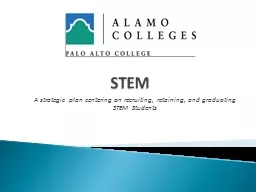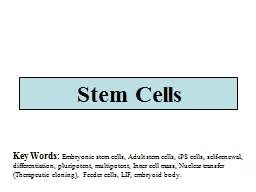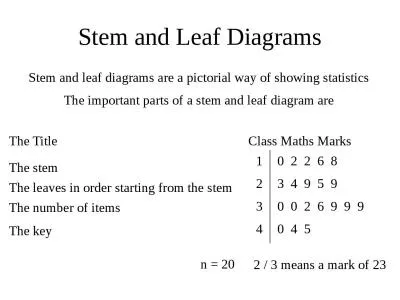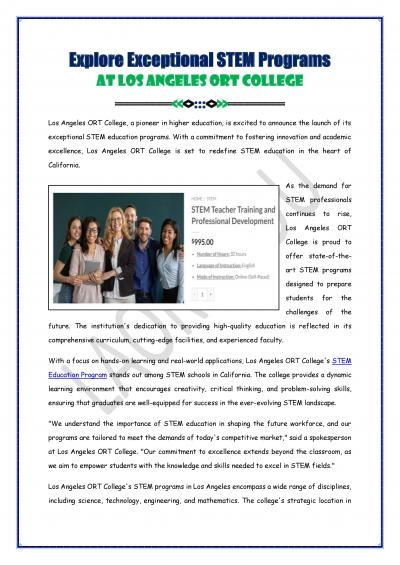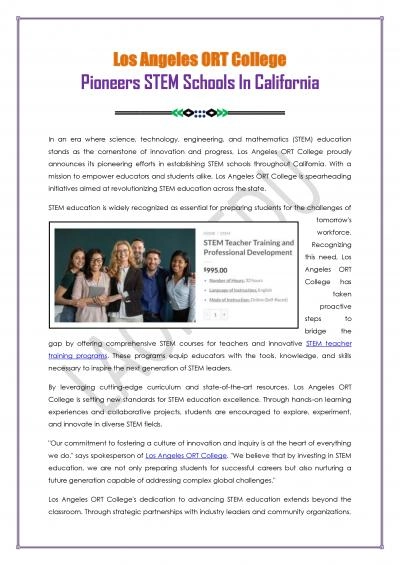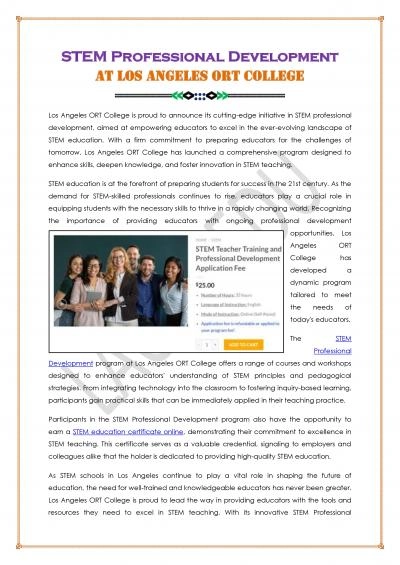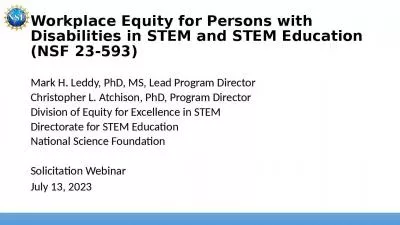PPT-Formatting the STEM – How to write a good question
Author : tatiana-dople | Published Date : 2018-10-30
Shane McNevin MD FASCRS Spokane WA Disclosures None except I took the ABCRS qualifyingcertifying exam before the emphasis on good question writing Objectives Why
Presentation Embed Code
Download Presentation
Download Presentation The PPT/PDF document "Formatting the STEM – How to write a g..." is the property of its rightful owner. Permission is granted to download and print the materials on this website for personal, non-commercial use only, and to display it on your personal computer provided you do not modify the materials and that you retain all copyright notices contained in the materials. By downloading content from our website, you accept the terms of this agreement.
Formatting the STEM – How to write a good question: Transcript
Download Rules Of Document
"Formatting the STEM – How to write a good question"The content belongs to its owner. You may download and print it for personal use, without modification, and keep all copyright notices. By downloading, you agree to these terms.
Related Documents

